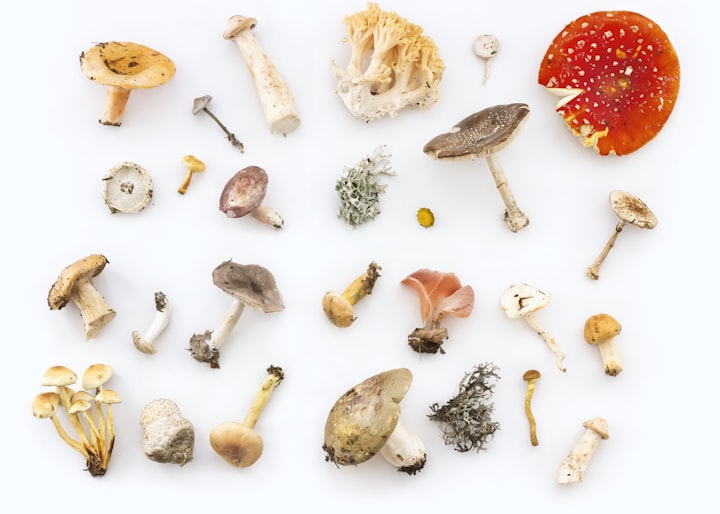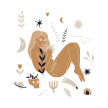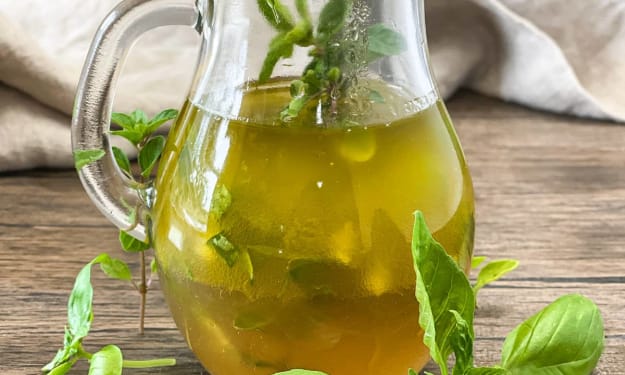Beginners Guide to Mushroom Foraging.
Learn how to find, identify & preserve fungi.

Mushrooms have always had an interesting cultural phenomenon around them. They are fascinating, magical and help us connect with nature in a unique way.
As a fellow mushroom enthusiast I decided to write this fun guide to help you get started on your foraging journey.
Preserving Mushrooms:
Dry your fungi as soon as possible after collecting. It is considered good practice not to collect more specimens than you can process on the same day. However, if you are unable to dry the specimens straight away, you can keep them in their containers in a refrigerator for up to 48 hours, provided that the container used doesn’t cause the specimens to sweat. This will only be successful if they were in good condition when collected.
In order to dry your specimens, you will need a source of airflow and warmth. Be aware that fruit bodies will shrink dramatically as they lose moisture and may fall between the bars of a rack. Prevent this by sitting them on fine mesh or waxed paper. Excess dirt at the base of the stipe can be carefully removed with a small brush. Do not try to press fungi as you would press a plant. Don’t leave your fungi drying in areas accessible to small children or pets, as this can be a safety hazard.
The length of time it takes fungi to dry will depend on the type of fungus, the size, shape, thickness and type of the fruit bodies, drying temperature, humidity and the efficiency of your drying apparatus. It may be a matter of hours, overnight or several days. Fully dried specimens will be slightly crisp, brittle and the stipe may be stiff. If the material is still pliable, it is probably not fully dried.
Dehydrator:
𓋼 When using a food dehydrator, make sure you switch it off before removing the lid, because the contents may fly up in the air.
𓋼 Cutting them up will make them dry quicker and easier. You can either slice them into 1/2-inch pieces or, depending on the shape, you can cut them right down the middle.
𓋼 Arrange your mushrooms on the drying racks and assemble your dehydrator. Arrange the pieces, but don't pack them so tightly that they're sitting on top of each other.
𓋼 Dry continuously on a lower setting, no higher than 150 degrees.
𓋼 Check on them every few hours and remove them when they're cracker dry. Depending on how many you have, this may take a while and some might dry faster than others.
Oven:
𓋼 Place a sheet of newspaper on a baking tray and cover it with a clean sheet of baking parchment. To ensure that they dry evenly, larger wild mushrooms should be sliced into strips. Spread mushrooms over parchment, making sure that none of them are overlapping.
𓋼 Place baking tray somewhere where there is a steady flow of warm air. Leave for at least one day to begin to dry.
𓋼 Turn the conventional oven to 350 degrees and let it heat for 20 mins. Turn the oven off. Open oven door slightly until it stays open a couple inches. Let the oven cool off for five minutes.
𓋼 Place the baking tray of partly dried mushrooms in the oven, leaving the door cracked open. In an hour, remove the mushrooms from the oven and let stand. While still warm, mushroom slices should bend slightly without breaking.
𓋼 When your mushrooms are cooled, feel them. If they are fully dried, they will be hard to the touch, like crackers with no spongy feeling at all.
Fungal Foraging:
There is little to no risk of being poisoned by handling fungi. Skin or respiratory allergies/reactions can occasionally occur, caused either by the fungus itself, or by bacteria or other organisms growing on the fungus. Washing hands after handling fungi is strongly recommended. Ticks can be a problem in many areas as well, so please be cautious when handling anything that you find in the wild.
Tips:
- Don't be afraid to use an app (such as, "Wild Edibles") or a book (such as, "The Complete Mushroom Hunter") to help assist you.
- Don't pull mushrooms up by their roots, cut them instead.
- Practice ethical foraging by never taking all of what you find or more than you plan to eat.
- Make sure that you are 100% certain of what you’re picking.
- Take photos of mushrooms that you can't identify so that you can ask others for their expertise and gain knowledge.
- Enjoy your time in nature, even if you don't find any mushrooms.
Equipment:
Bring along a camera (or cellphone), notebook, pencils, pocketknife, small trowel for digging up fruit bodies, truffle rake, paintbrush to dust off soil, scissors to cut grass and storage containers.
Never store fungi in a plastic bag, because they hold too much moisture. However, you can wrap them in a piece of waxed paper or aluminum foil. I recommend that you collect your findings in a toolbox or tackle box, because they typically have several compartments that you can easily use to keep different specimens separated.
It's important that fruit bodies from separate collections don't come into contact with each other because, cross contamination with spores is likely to occur. Therefore, when carrying a tackle box, be cautious not to turn it upside down. When foraging in warm conditions, or if you're more than an hour from home, always use an insulated bag.
Identifying a mushroom:
The first step to identifying mushrooms is to find them. The exciting news is that in urban areas, mushrooms can grow just about anywhere. Don't know where to start? Try looking in grass, under a bush, along a stream and at the base of a tree. Overtime, you will learn which habitats your favorite mushrooms grow and what time of the year they usually sprout.
Ways to identify a mushroom:
Feel - Not all mushrooms are the same to touch. They can feel fuzzy, slimy, dry, smooth, scaly, waxy and so many more. It’s important to take note of how a mushroom feels, because it can be helpful with identifying your specimen.
Smell - Mushrooms have so many different smells, which can help with identifying them. Please note that fresh mushrooms should smell slightly sweet and earthy, but not sour or fishy.
Make - A spore print. Mushroom spores come in all colors, from white and black - to pink and purple. Determining the color of a mushroom’s spores can help you identify the fungus.
Look - For a cup, ring or warts. Look at the shape of the cap, at the shape of the stem and at the colors and markings.
Use - A magnifying glass to examine and take a closer look at specimens.
____________________________________________________
Disclaimer: This is a recreational guide that is not intended for scientific purposes. There is no universal way to tell a poisonous mushroom from an edible one, because of their diversity. Never eat anything that you are not 100% sure of.

About the Creator
Nicole (Nikki) M.
I'm a free-spirit, deep thinker and continuous learner. My hope is that my stories will evoke emotion, educate and inspire. Thank you for being apart of my creative journey!






Comments
There are no comments for this story
Be the first to respond and start the conversation.